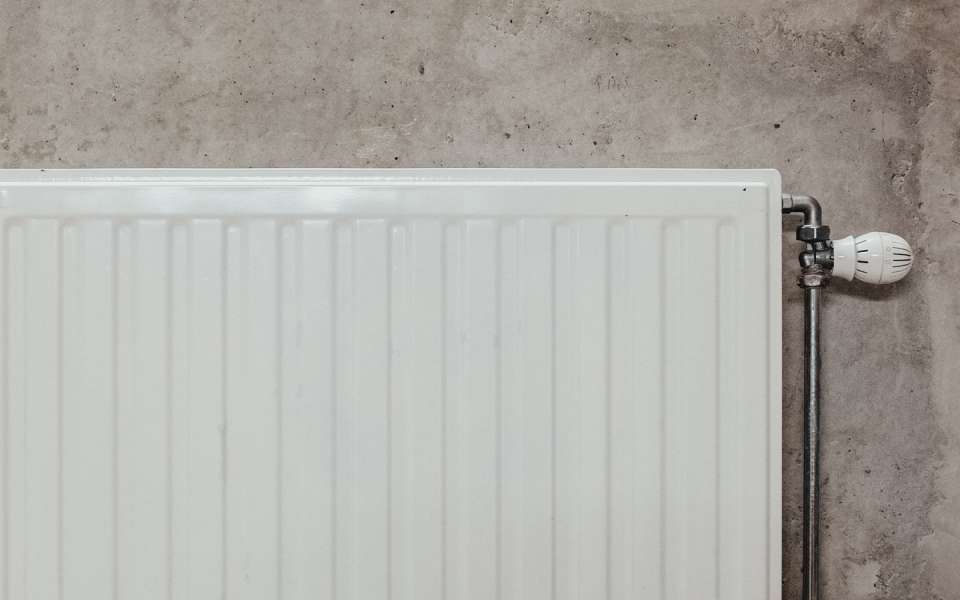21 Mar 2022
Bleeding a radiator is really simple and can help ensure your heating is working efficiently.
What you will need
- A radiator key
- A cloth
Step one: To identify which radiator needs heating make sure all radiators are switched on throughout your home.
Step two: Be careful not to burn yourself and check that all your radiators are warming up. If a particular one is not getting warm it may need bleeding.
Step three: Before bleeding, make sure you switch off your central heating and find the radiator that wasn’t working properly. Bleeding radiators will require a radiator key which you can buy one at your local hardware store for as little as £1.
Step four: At the top of the radiator at one end there will be a valve. You can attach the radiator key to the square bit in the centre.
Step five: Hold the key and have a cloth ready to catch any drips, then slowly turn the radiator key anti-clockwise – but don’t remove the key. If air is escaping, you’ll hear a hissing sound. Once there is no more, liquid will come out and the valve will need to be closed quickly.
Step six: Check the pressure by having a look at the gauge on your boiler. The pressure should be between 1 to 1.5 bar but if it is too low, you’ll need to ‘top it up’.
Step seven: Afterwards, you may want to run another ‘hot test’ to check that your efforts have been successful. Simply turn your heating on, wait for all the radiators to heat up and check that the radiators are hot all over.
If you still have an issue, call us on 0800 027 2057 and we’ll advise.

